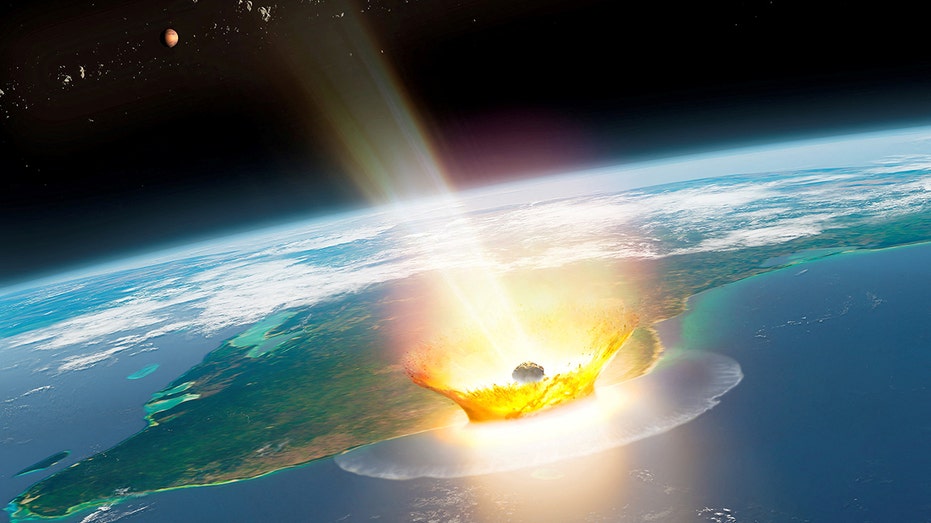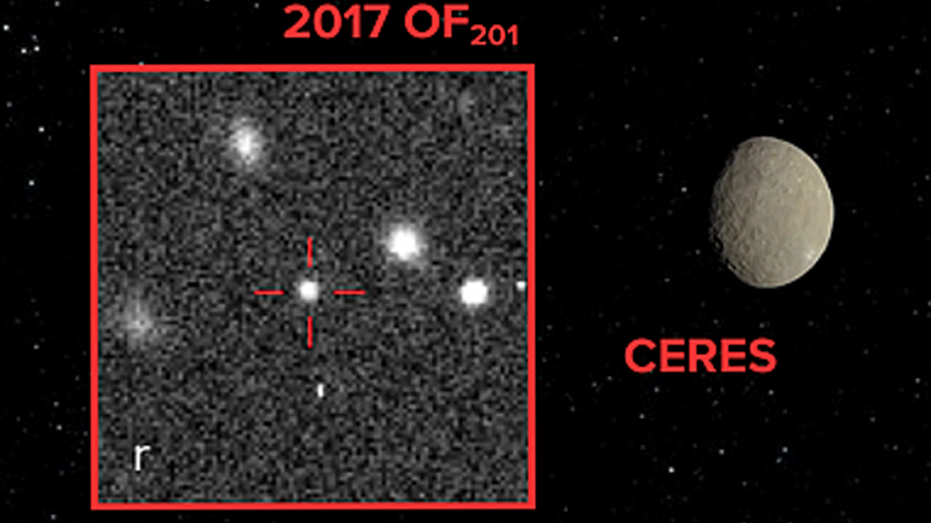Nuke 'Em? Scientists Eye X-Ray Blasts to Save Earth from Asteroids

Sarah Johnson
March 1, 2025
Brief
Scientists in New Mexico are testing X-ray bursts from nuclear explosions to gently deflect hazardous asteroids, aiming for safer planetary defense without creating dangerous fragments.
Scientists in Albuquerque, New Mexico, are exploring a novel approach to planetary defense: using X-rays from a nuclear explosion to deflect potentially hazardous asteroids. Instead of obliterating space rocks into a shower of fragments, the idea is to nudge them gently off course. Think of it as a cosmic game of pool, but with higher stakes.
This new method contrasts sharply with the Hollywood trope of nuking asteroids to smithereens, as seen in movies like "Armageddon" and "Deep Impact." The problem with that approach? Turning one big, scary asteroid into a swarm of smaller, but still lethal, projectiles. It's like trading a bullet for buckshot – not exactly an upgrade.
The urgency of planetary defense was underscored by a National Academy of Sciences report last year, which deemed it a national priority. NASA's ongoing sky survey estimates that there are approximately 25,000 objects large enough to cause significant damage to Earth. Worryingly, only about a third of these have been detected and tracked. Many of these space rocks lurk undetected in the sun's glare. In 2013, a relatively small object caused chaos in Russia, while a much larger one is believed to have triggered the extinction of the dinosaurs.
Nathan Moore, a physicist at Sandia National Laboratories, acknowledges that the threat from asteroids might seem distant to most people. "But our planet is hit by BB-sized asteroids every day," he says. "We call them shooting stars. We don’t want to wait for a large asteroid to show up and then scramble for the right method to deflect it."
Moore's team has been conducting experiments using Sandia’s Z machine, the most powerful pulsed-power machine on Earth, to simulate the effects of X-ray bursts on synthetic asteroids. These experiments aim to monitor how these sudden shocks can deflect the objects.
To overcome the interference of Earth's gravity, the team employed a technique called X-ray scissors. This method temporarily neutralized the effects of friction and gravity, creating a more accurate simulation of asteroids floating freely in space. The X-ray scissors allowed the model to mimic the redirection of a free-floating asteroid when struck by nuclear-intensity explosions.
In these experiments, a mock asteroid, about a tenth of a gram in size and made of silica, was suspended by foil eight times thinner than human hair. When the Z machine fired, the foil vaporized instantly, leaving the silica free-floating as the X-ray burst hit it.
"It was a novel idea," Moore said. "A mock asteroid is suspended in space. For a one-nanometer fall, we can ignore Earth’s gravity for 20 millionths of a second as Z produces a burst of X-rays that sweeps over the mock-asteroid surface 12.5 millimeters across, about the width of a finger."
Moore added, "The trick is to use just enough force to redirect the flying rock without splitting it into several equally deadly subsections advancing toward Earth," referring to a real intercept scenario like the recent NASA DART experiment.
This research comes on the heels of NASA monitoring asteroid 2024 ON, a "potentially hazardous" asteroid that recently passed by Earth. NASA reported the rocky object is 350 meters long by 180 meters wide, larger than previous estimates, and it passed within 621,000 miles of Earth. While that might sound far, in cosmic terms, it's practically next door. Davide Farnocchia, a navigation engineer at NASA's Jet Propulsion Laboratory, noted that an asteroid of this size coming this close to Earth only happens every five to ten years.
Farnocchia assured that there was no chance of a collision, as the asteroid would need to be within a couple of hundred miles to pose a concern. 2024 ON was one of five asteroids to pass by Earth last week, but the others were much farther away.
Topics
Editor's Comments
Okay, so maybe 'Armageddon' got it wrong. Good to know the real plan involves finesse, not just blowing stuff up. Let's hope these scientists are good at cosmic billiards!
Like this article? Share it with your friends!
If you find this article interesting, feel free to share it with your friends!
Thank you for your support! Sharing is the greatest encouragement for us.



